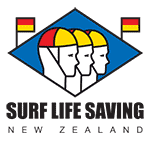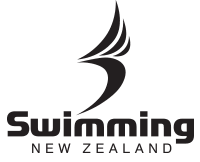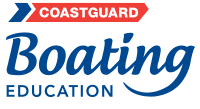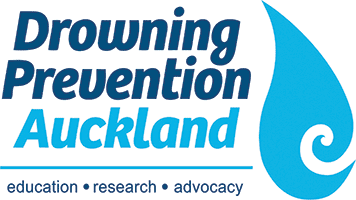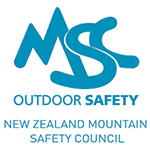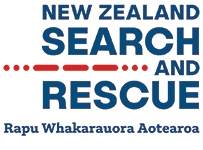WATER SAFETY SECTOR'S
Outcomes and Measures
Culture change
OUTCOMES
People’s water safety competencies are increased and they modify their behaviours in on and around water based on risk awareness
DESIRED TRENDS
The population's ability to understand risky behaviours associated with fatal and non-fatal drowning increases over time
Water safety competencies to survive in, on or around the water are improved over time
INDICATIONS
Public Attitudes and Behaviours surveys to assess the population's beliefs about, and responses to the dangers in, on and around the water
The reach of aquatic education across pool, beach, boat and river
The achievement of key water survival skills
TARGETS
A statistically significant year-on-year increase in improved attitudes and behaviours as demonstrated by the "Attitudes and Behaviours" survey and the "Use of life jackets" survey from a 2021 baseline
Year-on-year increase in people participating in and competencies achieved in water safety education programmes, as evidenced by;
- a 50% increase in students participating in pool-based Water Skills For Life programmes from a 2019-20 baseline of 200,000, and
- a 10% increase in the Water Skills For Life achievements of the two fundamental water survival skills from the 2019-20 baseline
Reduced drowning fatalities and drowning related hospitalisations
OUTCOMES
The social and economic costs of drowning and water related injury and hospitalisations are minimised
DESIRED TRENDS
The average annual rate of fatalities consistently trends down over time
The average annual rate of drowning related hospitalisations consistently trends down over time
INDICATIONS
Annual rate of drowning fatalities per 100,000 of New Zealand population (lag indicator)
Annual rate of drowning related hospitalisations per 100,000 of New Zealand population (lag indicator)
TARGETS
Reduce per capita preventable drowning deaths using a 5 year rolling average, of 25% by 2025. Target the per capita fatalities moving from 1.59 to 1.19 by 2025
Reduce per capita preventable drowning related hospitalisations using a 5 year rolling average,
of 12% by 2025. Target the per capita hospitalisations moving from 3.7 to 3.25 by 2025
High performing
OUTCOMES
The New Zealand water safety sector is sustainable, collaborative and coherent
DESIRED TRENDS
The water safety sector is sustainable and able to meet identified needs and adapt to changing circumstances
The sector is aligned and integrated to achieve the greatest collective impact
INDICATIONS
Integration of the Water Safety Sector Strategy into each of the Cross Sector Reference Group’s own organisations strategies
The number of water safety sector actions implemented
TARGETS
Member organisations have the Water Safety Sector Strategy 2025 incorporated into their own strategic annual and long term planning where relevant
At least 75% of the Water safety sector’s actions in the Water Safety Strategy’s implementation plan are delivered by the end of 2025
